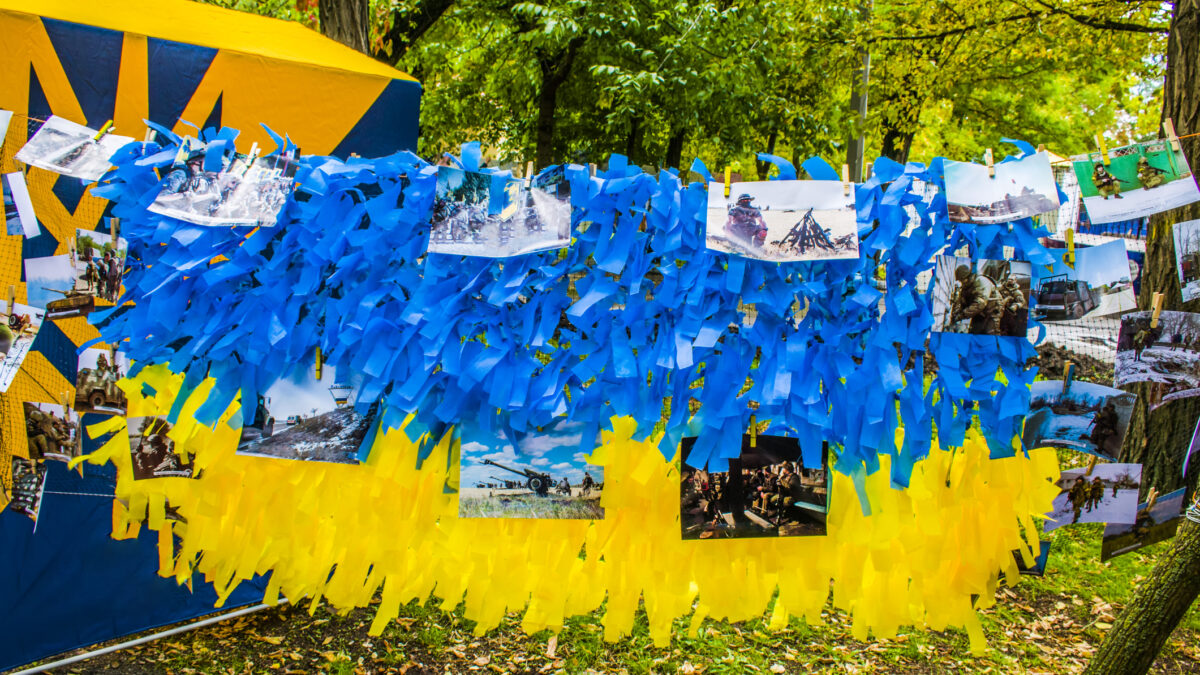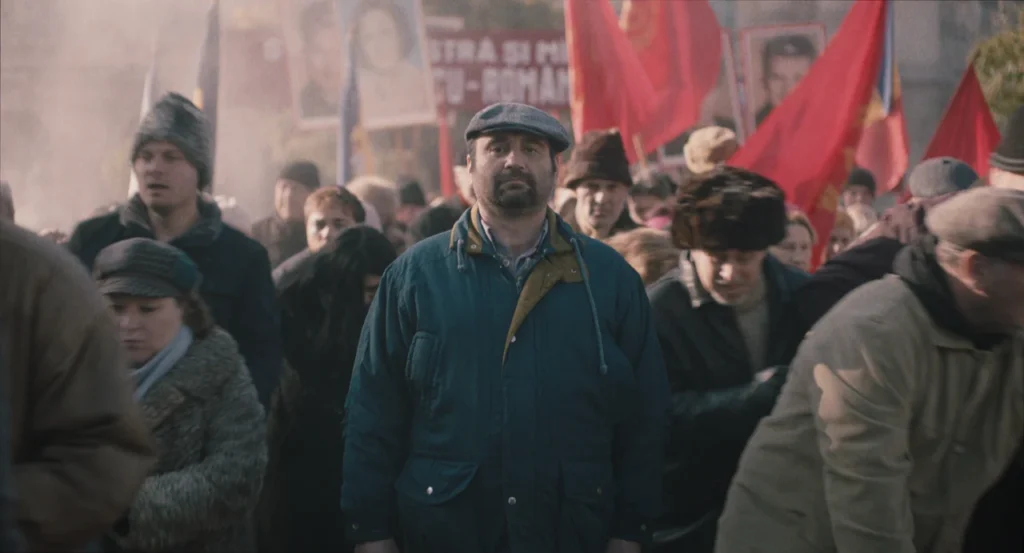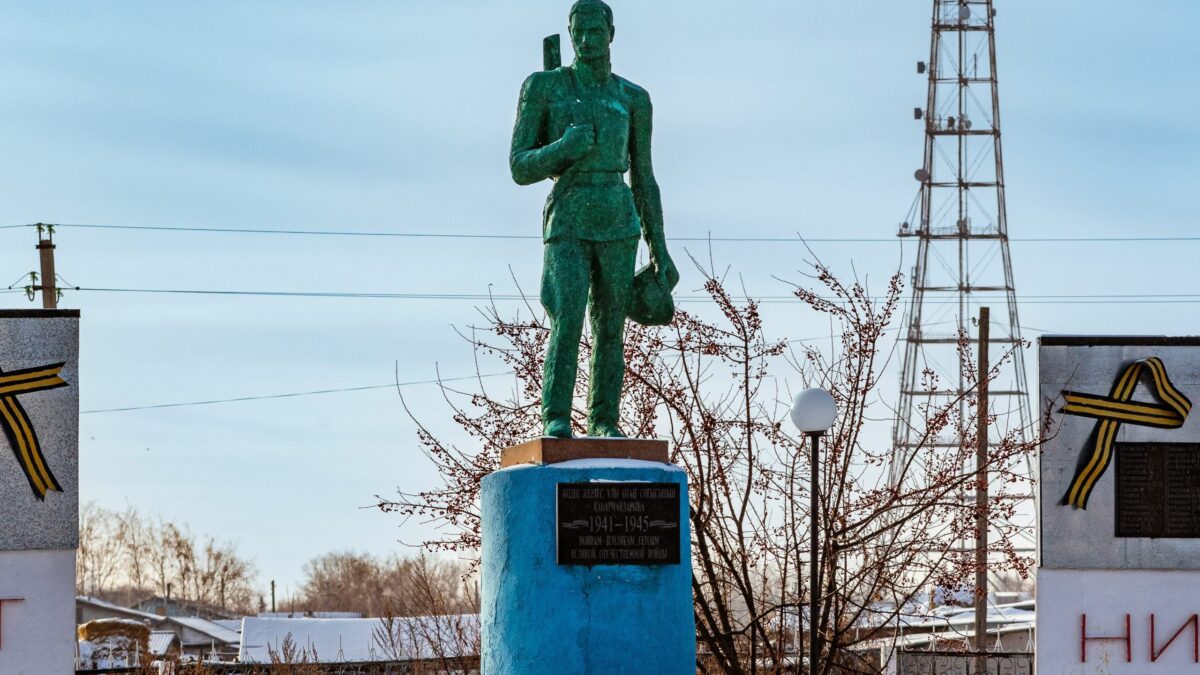A significant milestone in environmental conservation in Ukraine is set to been reached with over 200 hectares of old-growth forests in the Arshytsia mountainous massif, located on the northeastern slopes of the Arshytsia ridge in the Ukrainian Carpathians, slated to be designated as a state-level forest reserve.
This transformative decision, spearheaded by WWF-Ukraine and endorsed by Forests of Ukraine, a state-owned enterprise, marks a crucial step toward safeguarding one of the oldest forest clusters in the Carpathians.
WWF says that the establishment of this forest reserve of national importance underscores a collective commitment to preserving the rich biodiversity and natural heritage of Ukraine.
The forthcoming reserve will encompass a diverse array of ecosystems, including old-growth forests boasting trees over 300 years old, prominently featuring the majestic white fir alongside beech, fir, and spruce.
Such ecosystems are reminiscent of the untouched wilderness that once characterised the Gorgan region before human intervention altered its landscape.
Preserving natural heritage
The initiative to grant protected status to the Arshytsia forest area has been a culmination of years of dedicated research and advocacy.
Beginning in 2018 with pioneering expeditions led by WWF-Ukraine, subsequent field studies in August 2021 confirmed the exceptional conservation value of these old-growth forest massifs.
These efforts have led to the discovery of numerous rare species, reaffirming the resilience and ecological significance of the forest ecosystem. Notable findings include the presence of the three-toed woodpecker, long-eared owl, fire salamander, and even the elusive Carpathian blue slug, underscoring the biodiversity hotspot that the Arshytsia massif represents.
“Preserving our natural heritage, including forests, is a priority for WWF-Ukraine in the context of post-war recovery, as love of nature is part of the Ukrainian national identity,” says Bohdan Vykhor, CEO of WWF-Ukraine.
“That is why we will continue to work actively to increase the share of protected areas in Ukraine—which is currently less than seven per cent, including the territories destroyed by the war—and bring it to the European level of 30 per cent”
Indeed, the move to protect old-growth forests aligns with broader European initiatives such as the European Forest Strategy, which aims to preserve all such forests by 2030.
For Ukraine, this endeavour takes on added significance amidst the challenges posed by war, with a significant portion of its natural reserve fund damaged or under occupation.
The wider picture
The environmental damage caused by Russia’s war on Ukraine serves as a stark reminder of the broader, often overlooked consequences of conflict.
Beyond the immediate human tragedy, the degradation of natural landscapes, pollution of rivers and soil, and the long-term impact on biodiversity underscore the complex relationship between warfare and environmental health.
According to a paper published by the Journal of Occupational Medicine and Toxicology in January, landscape destruction, shelling, wildfires, deforestation, and pollution have adversely affected 30 per cent of Ukraine’s protected areas. Russia’s seizure of the Zaporizhzhia Nuclear Power Plant and destruction of the Nova Kakhovka Dam have posed risks of long-term environmental catastrophe.
While the human cost of the war creates more headlines, it is imperative to recognise and address the environmental fallout of conflicts. This tragedy highlights the urgent need for international cooperation in mitigating environmental damage during conflicts and underscores the importance of integrating environmental preservation into the fabric of global peace and security strategies.
The scars left on Ukraine’s environment are a somber testament to the far-reaching impacts of war, urging a collective reevaluation of how we perceive and engage with the concept of conflict. The decision to declare the Arshytsia mountainous massif a state-level forest reserve is an important step forwards.
Photo by Anton Sharov on Unsplash.







